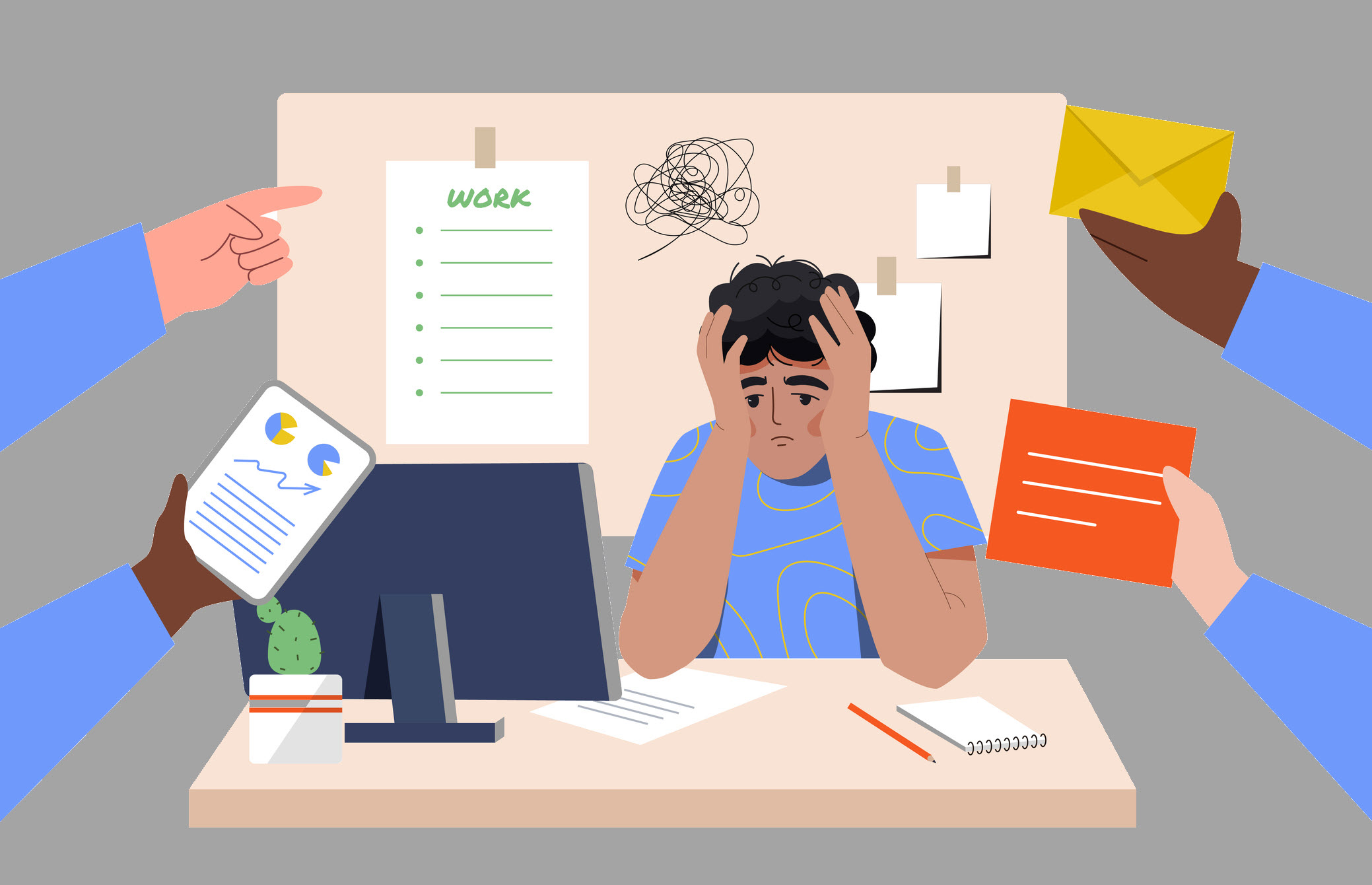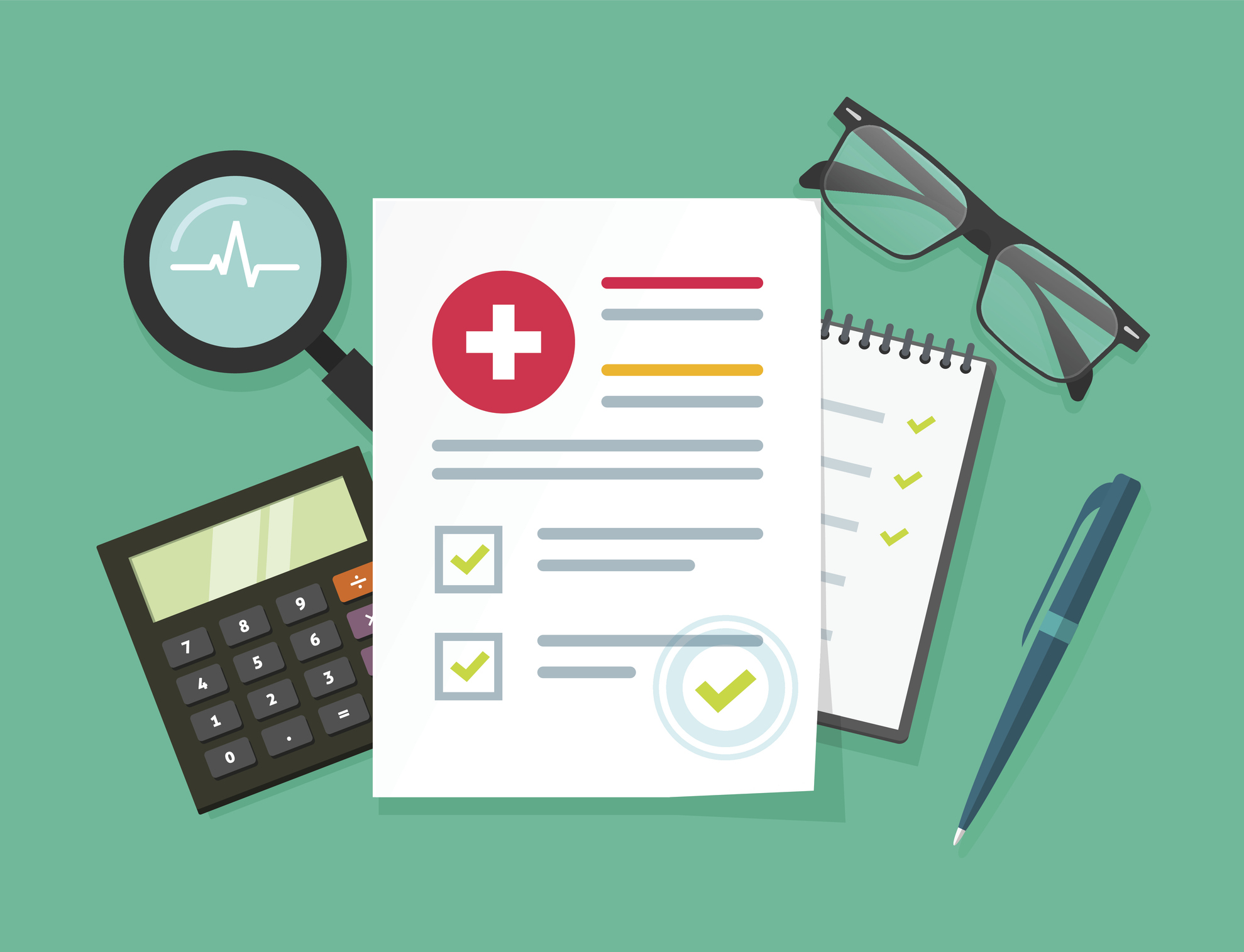When the Unthinkable Occurs: 8 Steps in Responding to a Workplace Fatality
When a workplace fatality occurs, risk managers must act swiftly to manage the crisis, support employees, and mitigate potential liabilities. A well-structured response plan can help ensure legal compliance, effective communication, and long-term improvements to workplace safety.
April 7, 2025

Risk managers strategize to evaluate and address liabilities, claims, insurance, and safety exposures. They frequently evaluate loss runs, plan training, and address issues arising in operational activities. However, despite reviewing loss runs and safety records, risk managers cannot anticipate every scenario.
“It is challenging to prepare for instances where a fatality occurs, either due to an employee perishing or causing the death of another while working,” said Betty Coulter, Senior Risk Control Manager at Safety National. “These traumatic situations often, and for valid reasons, elicit immediate emotional responses. Risk managers must be prepared to handle not only the incident itself, but the aftermath, including an entire staff’s response to the loss of a co-worker and friend.”
These are a few of the procedures for risk managers to consider when responding to critical incidents.
1. Engage a response team.
This team might include representatives from HR, risk management, legal, public relations, and operations. Their assigned responsibilities should ensure a swift response to secure the site, coordinate with law enforcement and medical personnel, communicate with employees and families, and preserve evidence for investigation.
2. Involve the legal team.
The legal team should be engaged immediately following an incident to provide guidance on handling the incident with regulatory and liability constraints. They can help navigate confidentiality laws, compliance requirements, and possible litigation risks.
3. Vet all related information.
The public and media will often be the first to arrive at the scene. Appointing a public relations spokesperson to communicate with the media can ensure the correct information is represented. Legal counsel should oversee communication strategies to ensure statements made to employees, the public, and the media do not expose the company or municipality to undue liability.
4. Secure the scene and notify the proper authorities.
Preservation of the scene is critical. Train employees to keep others away from the scene until a medic and the police arrive to control it. Ensure that any individuals taking photographs or making electronic recordings of the incident are identified. This information is valuable for the claim investigation and can provide evidence of the events. Sometimes, a reconstruction expert is needed to recreate the event. Early involvement of the legal team can help keep the collected information confidential.
5. Notify the proper channels following a fatality.
In the event of an employee fatality, prepare benefit information and notify the Occupational Safety and Health Administration (OSHA). For a non-employee fatality, work with officials and inform the appropriate insurance carrier or third-party administrator (TPA). For a contracted employee fatality, refer to contract documents for direction and notify the contractor’s employer, if necessary. Include the legal team before disclosure of information.
6. Embrace the Employee Assistance Program (EAP).
Employees, supervisors, and leadership can be overwhelmed by the emotional toll of a workplace fatality. An EAP can provide counseling services, mental health resources, and emotional support for those who need it following a tragedy. If an EAP is not in place, consider bringing in a crisis intervention team or a licensed counselor to help employees navigate their reactions.
7. Create a timeline of events and follow-up steps.
Documenting what transpired before, during, and after a fatality is crucial for both internal reviews and external investigations, ensuring accuracy and transparency. This should also include follow-up actions, including reviewing claims, revising safety protocols, and tracking employee well-being.
8. Complete an after-action analysis.
Once the immediate crisis has passed, conduct a thorough after-action analysis to assess what worked well and what could be improved. The evaluation should involve employees directly affected, leadership, and legal representatives. Response times, decision-making effectiveness, and policy or procedural gaps can be analyzed to enhance training and implement preventative measures to mitigate future risks. Documented findings can serve as a guide for handling similar incidents in the future.

























